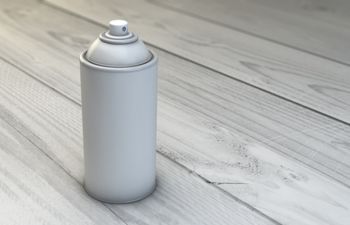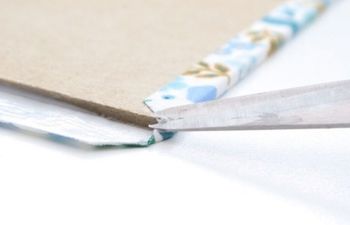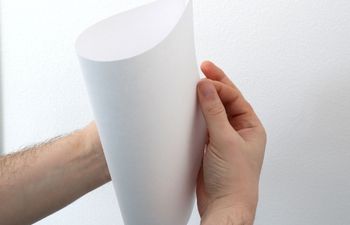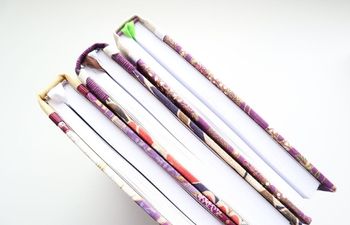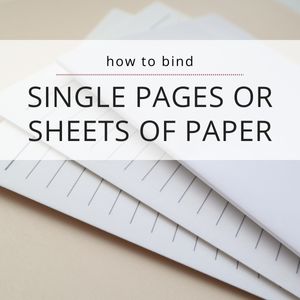Books are meant to be handled, but oil from our fingers and other environmental elements can dull colors and tear them apart over time. In today’s post, I’ll discuss sealants as an easy way to protect book covers. I’ll also share two different ways to add protection without using chemicals.
Why seal a handmade book cover?
Water and acid are terrible for paper, but completely unavoidable. Sealants are used to create a barrier between the book and outside elements. These barriers are sometimes multi-functional, providing UV protection against fading. Some double as acid buffers, preventing something called acid migration (learn about that here).
There are many different types of sealants available on the market. Some are water resistant, while others are waterproof.
My favorite sealants
Many different types of sealants are available. I prefer well-tested, archival-quality sprays that are easy to apply with a choice in finishes (matte, satin or glossy). Low-odor sprays are a double bonus!
My top three sealants in various price ranges:
- Lascaux Fixative – this fixative (aka: sealant) is at the top price point and heralded in the bookbinding world as one of the best. It applies as a spray, dries clear and remains flexible. Book conservationists also use it, which gave me the confidence to buy.
- Montana Spray Varnishes – I’m a big fan of these acrylic water based sprays. They are free from chemicals and low odor, which is great for winter when I’m spraying indoors. The spray applies evenly without much effort. Available in matte or glossy finishes.
- Krylon #1311 Matte Finish Aerosol – this spray may be less than $10, but it performs as well as sprays that are double the price. It’s archival quality and dries to a soft, matte finish. Krylon also makes a line of wonderful UV-resistant acrylic top coats that I use even today.
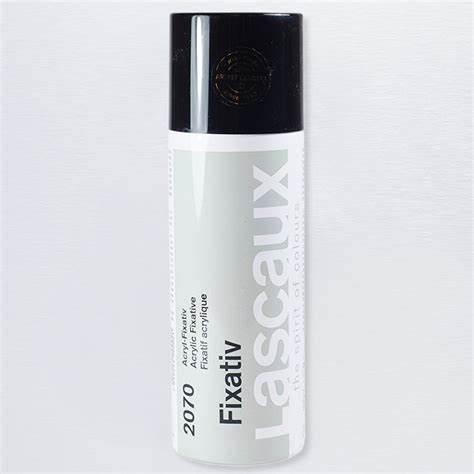
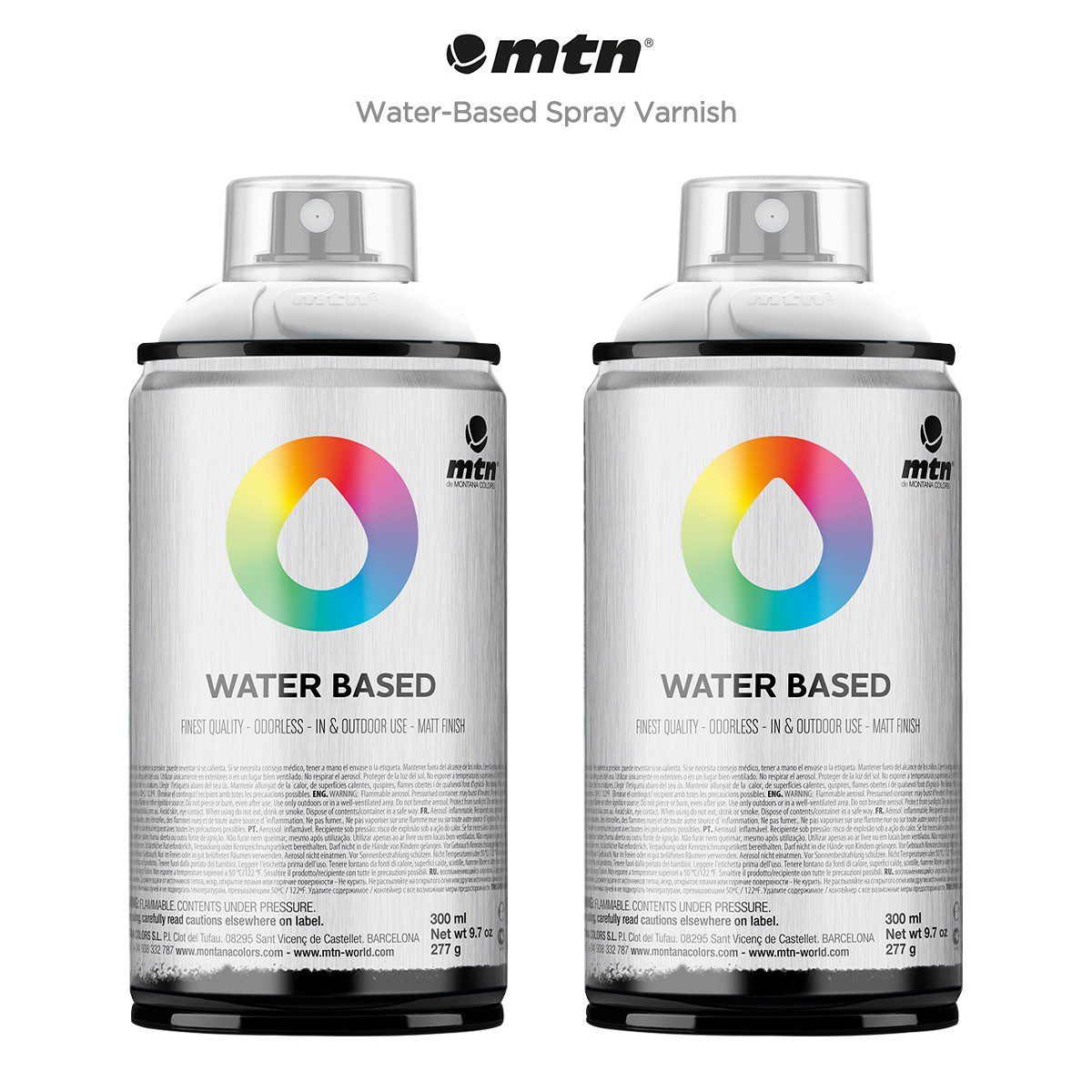

Water Resistant vs. Waterproof sealants
“Water resistant” and “waterproof” sealants are not the same thing.
Water resistant sealants will repel water, but only to a certain point. It’s usually meant to keep water away long enough for you to dry the book off with a cloth. If too much water surrounds the book for too long, the resistance will break and the book will be ruined.
Waterproof sealants contain chemicals that are not water soluble, giving you plenty of time to dry the book or move it to a safe place. While this is desirable, it’s not always possible. Many waterproof sealants contain chemicals that will damage a book over time, so finding one of archival quality is important.
Other ways to protect book covers
Sealants are excellent, but they come with their own challenges and risks. Many book makers can’t use chemical sealants due to asthma or other health factors. Others may prefer natural or less invasive methods. Below are two more ways you can keep your book safe without using aerosol sprays or other fixatives.
Good ol’ 100% beeswax
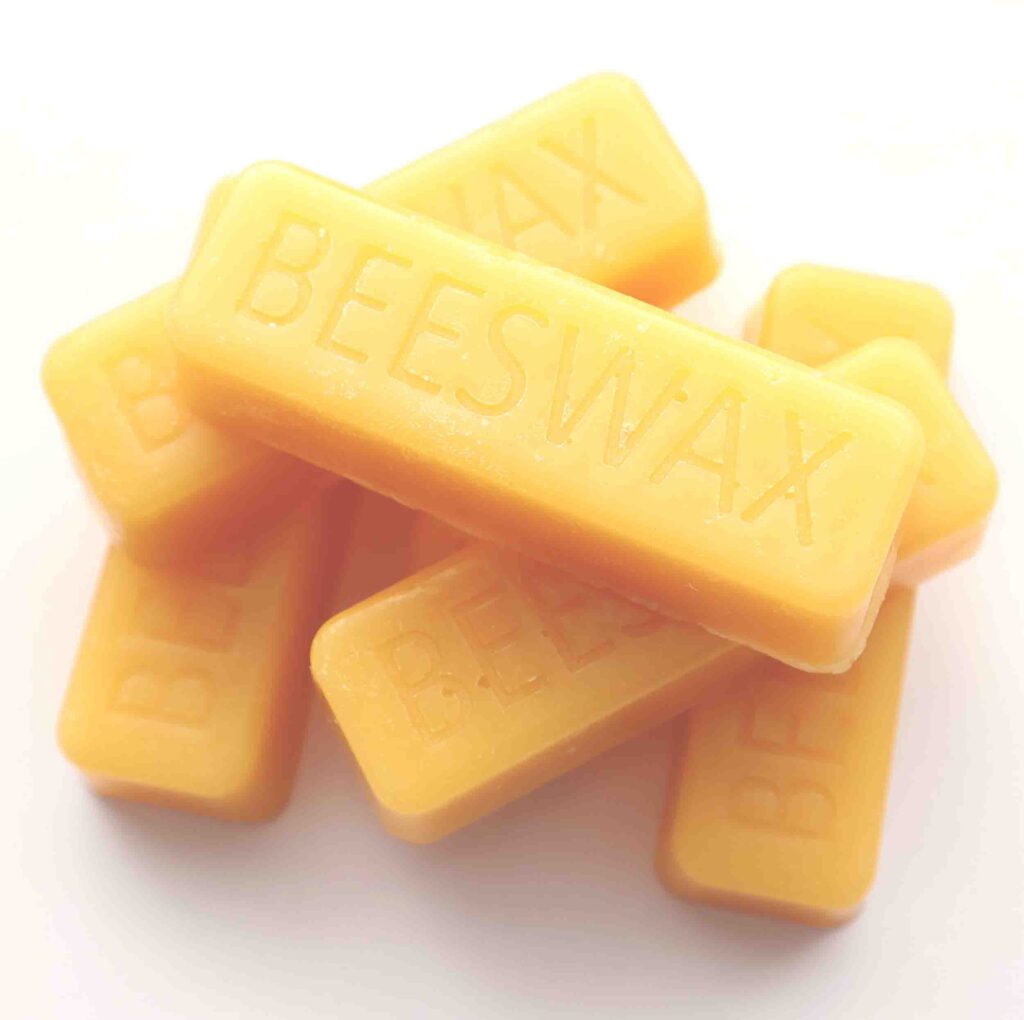
Yup, that’s right. Beeswax!
If you’d like to add a layer of protection to your cover or flyleaves, try 100% beeswax. Apply the wax using a shop towel, soft cloth or burnisher. This layer of wax provides an excellent barrier with water resistance. The pH is a neutral 7, so it’s not acidic and won’t break down or yellow paper over time. The only drawback to wax is the matte finish, which can make some colors appear dull.
Begin at the top left of the book and move right, gently pressing and smoothing the wax onto the cover material. If you have an agate burnisher or similar tool, use it to work the wax into an even layer.
When shopping for beeswax, be sure to buy locally (so you know what you’re getting) or at a trusted online retailer like Talas Online. Much of the beeswax sold online has been imported and contains filler and other additives to boost profits. Buy from those you trust!
Warning: DO NOT use anything but 100% beeswax. Natural beeswax has a high melting point, so it’s less likely to move and stain paper under high heat conditions (like when you leave your book on the passenger seat of the car).
Archival book covers (lamination)

Lamination is a great way to protect a book without using aerosol sprays. My favorite product is called Con-Tact Laminate. It’s environmentally friendly, comes in a roll and has several different sizes available. It’s easy to wrap the cover of a finished book or apply to flat paper prior to making a case. The film is thin enough to bend and work with, so it’s not likely to causes creases. The best part? It’s acid-free, archival safe and provides moisture resistance in either a matte or luster finish. It even works on pamphlets and soft cover books!
Resources
The links below are NOT sponsored. These products are purely my opinion based on personal experience.
Sealant links:
Other ways to protect:
New to bookbinding?
- Receive weekly information and tips for book makers
- If you are brand new and need a place to start, read my New Bookbinder Guide.
- Learn what makes a book a “book” in Getting to Know the Physical Parts of a Book
- For a list of bookbinding tools, materials and supplies from retailers I trust and use myself, pick up my Bookbinding Tools & Supplies Quick Start Guide.
I really hope you enjoyed and learned something new! If you have any questions, feel free to reach out to me on Instagram.
Thanks for stopping by!
ALL my best,
Misty
